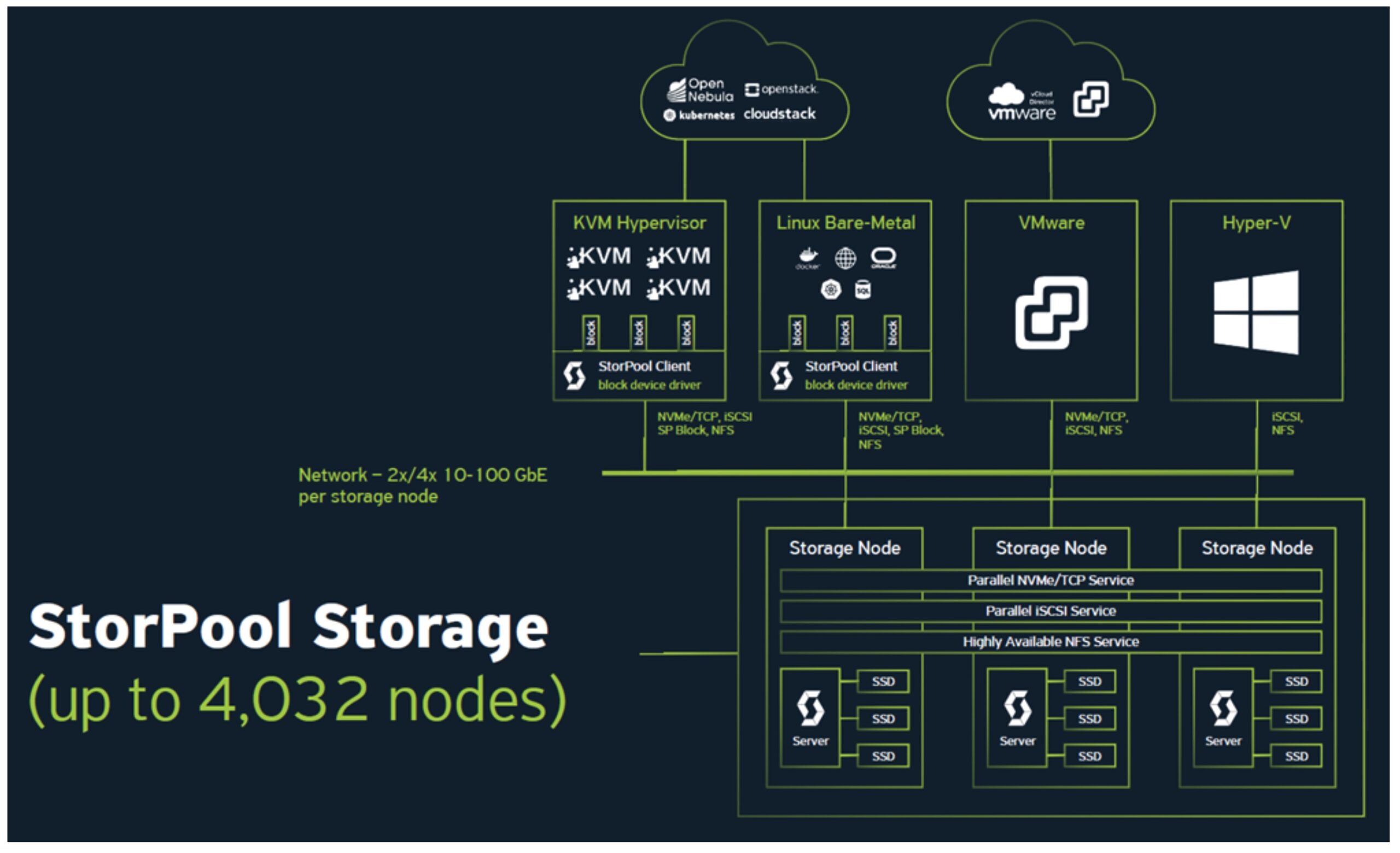According to a recent statement by Microsoft Research architect Doug Carmean, Microsoft set a goal to “proto-commercialize” DNA storage by 2020. Now, proto-commercializing is the equivalent of a “free beer tomorrow” sign, but at least Microsoft is setting up some kind of goal post for checking back in on the technology.
I’ve heard for a while that DNA storage could be a potential replacement for magnetic tape, at least for archiving. It’s dense and has a long shelf life, which lends itself to the application. But I didn’t have a way to visualize that density. So, against my better judgement, I started doing some math.
According to literally the first Google result, the theoretical max capacity of magnetic media is currently at 23 Gbit/cm². Researchers at Harvard previously found DNA capable of at least 5.5 petabits/mm3.
So what do those numbers actually mean? This is an instance where the strictly measurable does not immediately lend itself to being imaginable. Well I’ll lay it out in more tangible terms.
In a cube that’s 1 millimeter on all sides, DNA can hold about 687TB of data. For comparison’s sake, holding the same amount would require 69 traditional spinning disk hard drives.
Tape is much more dense than a hard drive, but still vastly less dense than DNA. Using 1.2cm thick magnetic tape (I’m using the LTO standard), it would take about 2 kilometers to store the same amount of data. In real terms, we’re seen reels of magnetic tape up to 960 meters, so all told that would only be two (or less, I won’t pretend to be an expert on magnetic tape reel sizes).
Right now, researchers at Microsoft are dealing with two major issues with DNA storage, price and performance. Those are kind of important if this is ever going to be viable for any meaningful market. Price is right now about 10,000 times more expensive than traditional tape, ouch. But as Microsoft works to commodify the process of DNA writing, I see this steadily coming down.
Performance is the real bottleneck. Microsoft is targeting about 100MB per second writes for the commercialized product. They have a way to go, because the current best speed is 400 bytes per second. Or to put it another way, right now, writing to that entire 5.5 petabits of storage would take about 54,000 years.
I’ll be interested to see if anyone else is going to attempt to commercialize DNA storage before Microsoft’s 2020 goal. The potential density is certainly tempting. Like any shift of magnitude, it leads to some very weird implications. And the fact that it’s using DNA makes it even more so.
If anyone ever gets DNA storage commercialized, it could completely change the scale of archiving. Or it could be the next holographic storage, and we’ll hear about it being the next big things for the next several decades.





Nothing is a weird only thing is you have to manage everything properly if you want to know how to manage data storage in well mannered then visit https://routertechsupport.net/ so that it will be easy for you